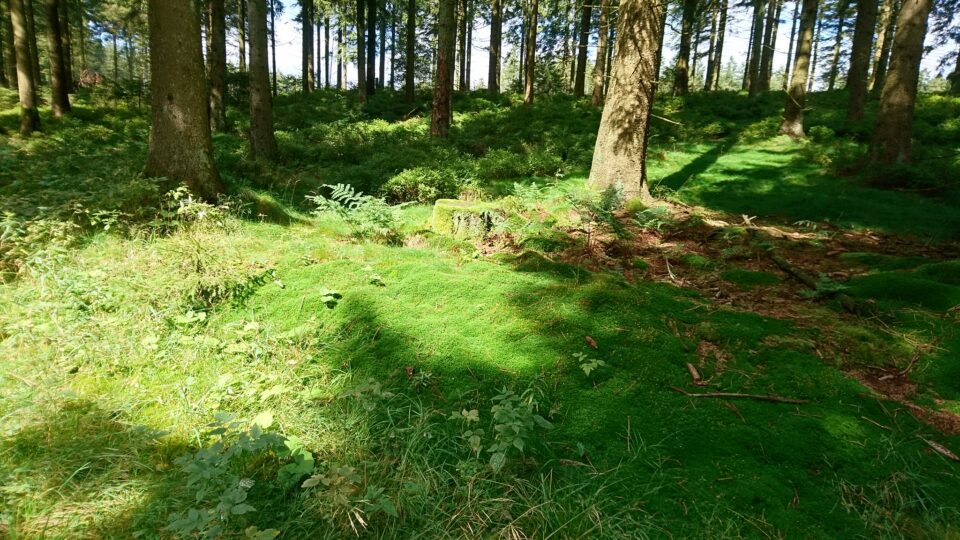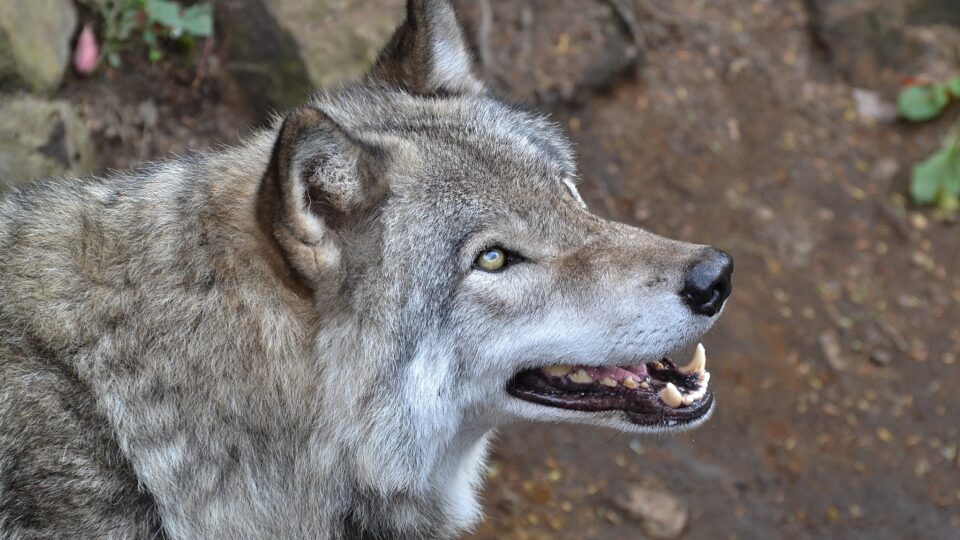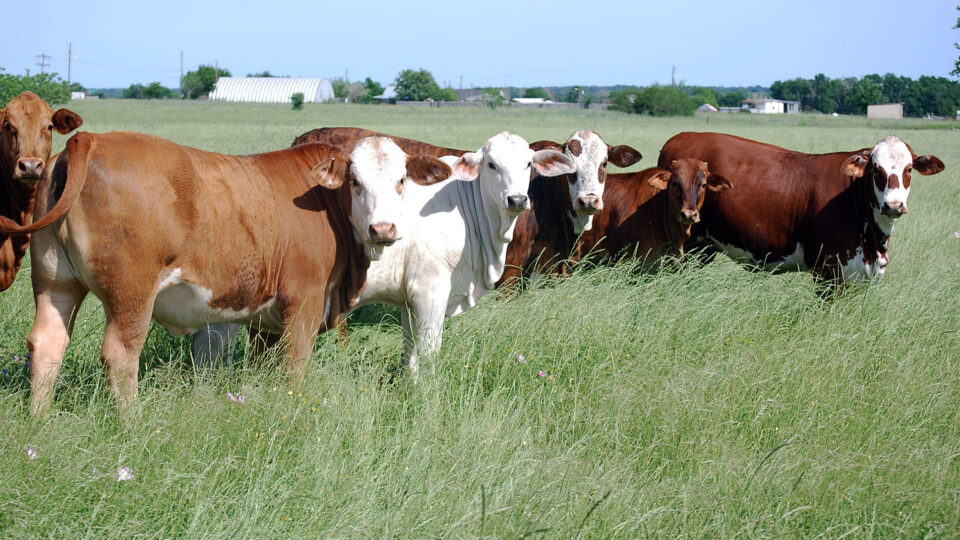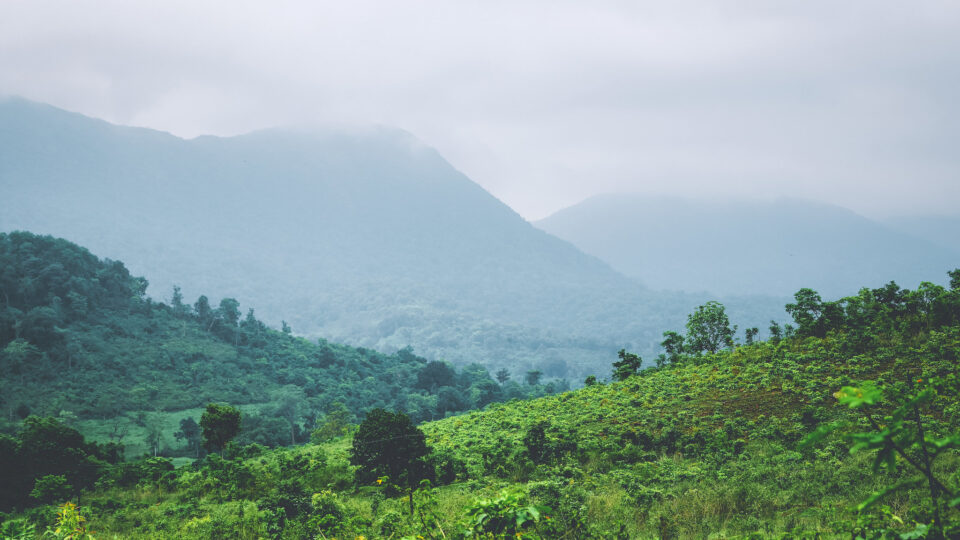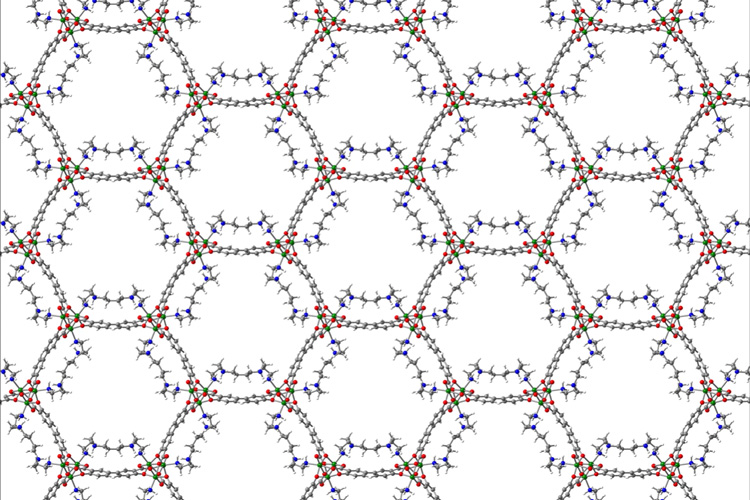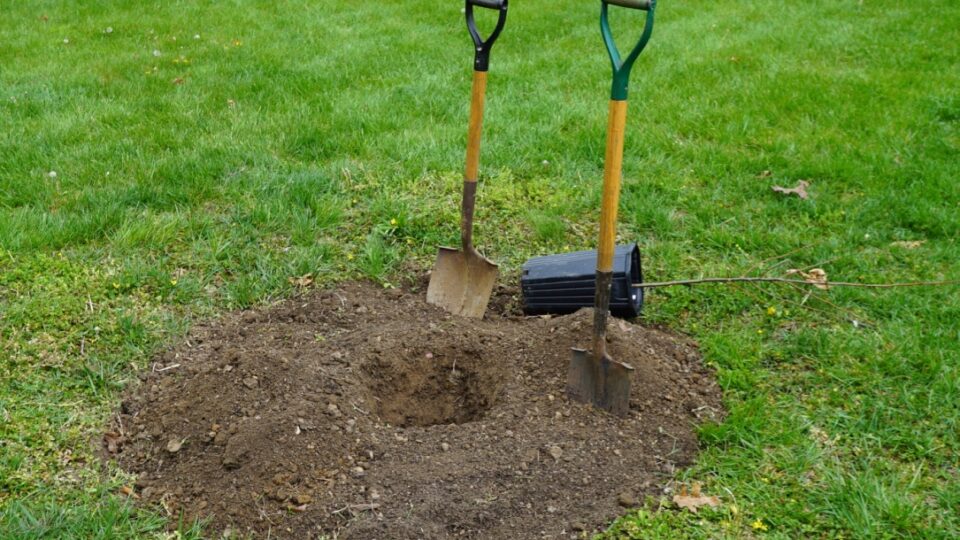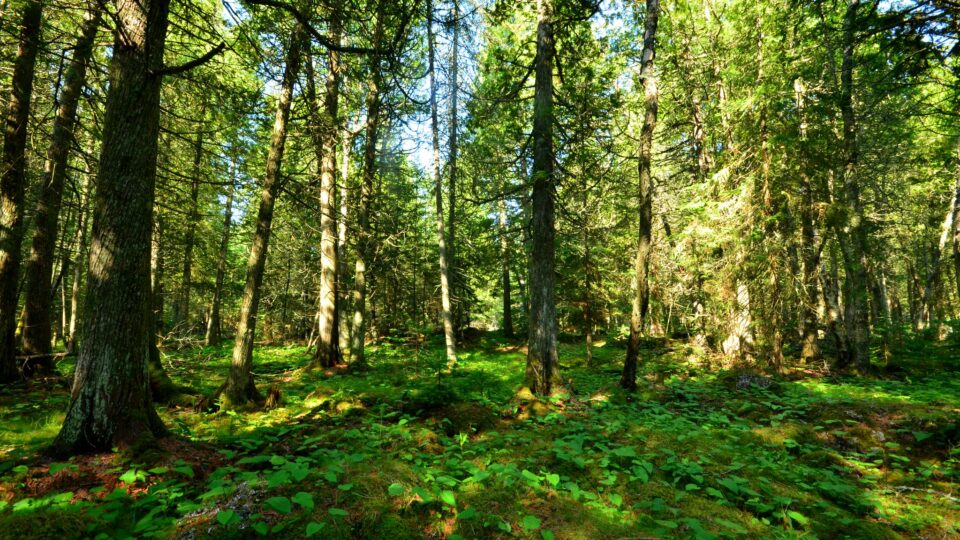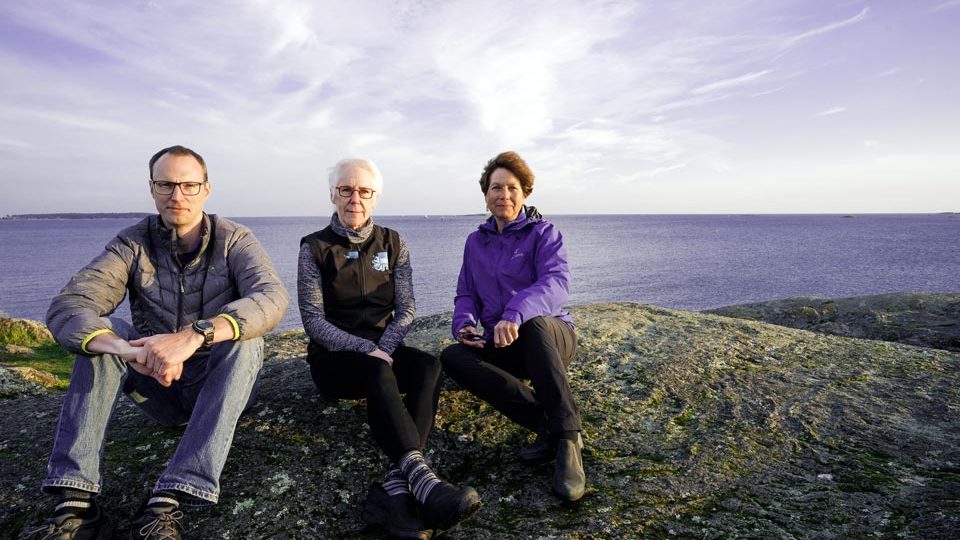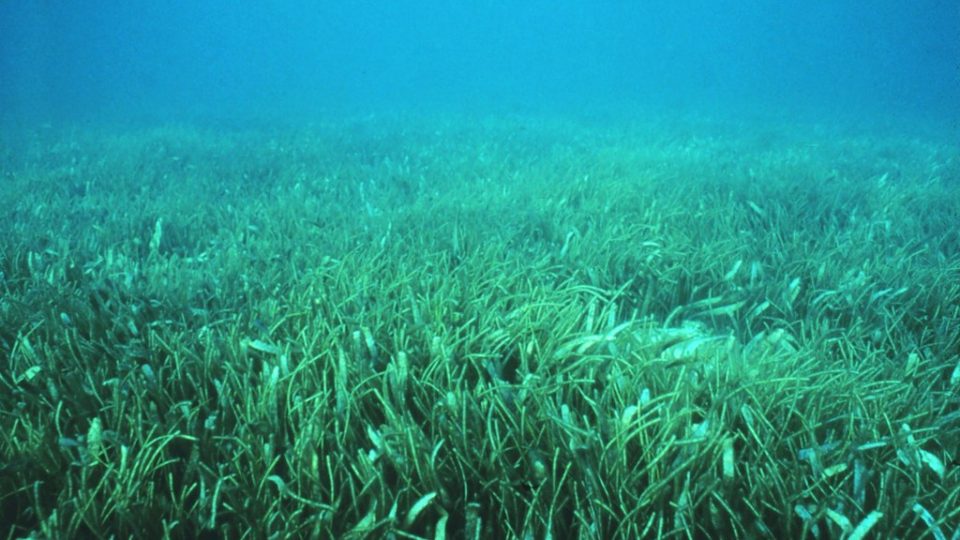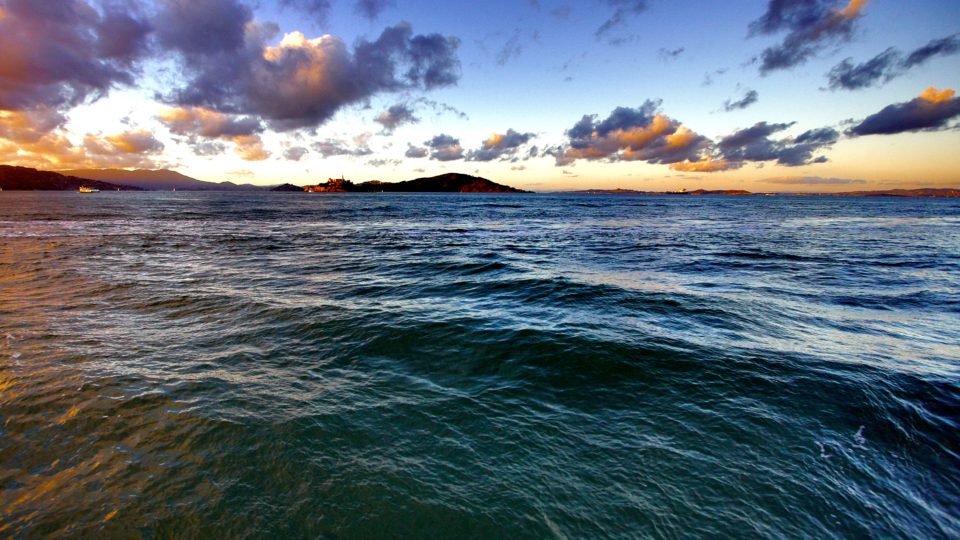All plants, including algae and cyanobacteria, carry out photosynthesis. During the process of photosynthesis, plants remove carbon dioxide from the air and release oxygen to the air. As a result, plants play a crucial role in the fight against climate change.
According to a new study recently published in the journal Nature Geoscience, mosses – those tiny plants often found on the ground or rocks – might be important antidotes to climate change. The study, which was led by scientists from the University of New South Wales in Australia and the Institute of Natural Resources and Agrobiology in Spain, uncovered evidence that mosses have the potential to store a massive amount of carbon in the soil beneath them.
The researchers found that mosses sequester around seven billion tons more carbon in the soil than is stored in the bare patches of soil typically found near them. To put that figure in perspective, that is six times the annual global carbon emissions caused by global land use change, which includes things like deforestation, urbanization, and mining. The researchers also found that moss-covered soil possessed heightened levels of vital nutrients and fewer instances of soil-borne plant pathogens on average compared to moss-less soil.
Mosses cover an area of more than 3.6 million square miles, which is similar in size to Canada, and can thrive in challenging environments. The widespread presence and hardiness of mosses is why they can have such a significant impact on soil biodiversity and carbon sequestration.
The research team hopes future work will focus on understanding the role of all types of vegetation, not just mosses and trees, in capturing carbon.
**********
Web Links
Study: Modest moss supports billions of tons of carbon storage
Photo, posted August 23, 2017, courtesy of Peter Handke via Flickr.
Earth Wise is a production of WAMC Northeast Public Radio
